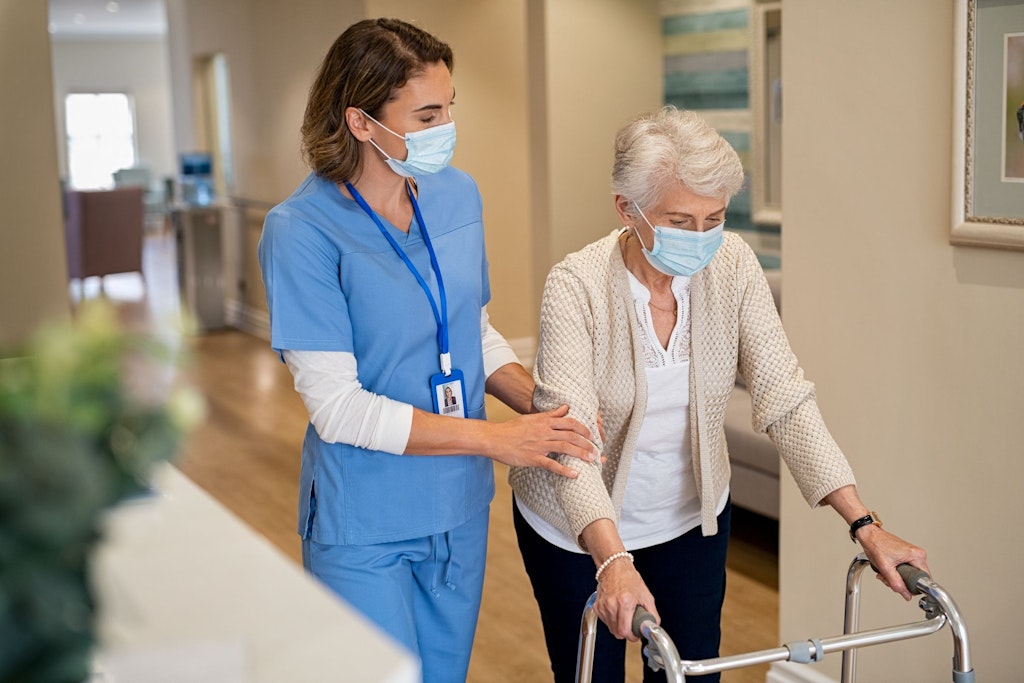25 deaths this week: COVID-19 outbreaks persist in residential aged care
Last updated on 14 July 2025

As winter deepens in 2025, COVID-19 continues to challenge Australia’s residential aged care homes (RACHs). The latest government snapshot reports 241 active outbreaks across the country, with 1,597 active cases and 25 resident deaths in the past week.
These figures highlight both the ongoing threat of the virus and the sector’s progress in managing its impact. Here’s a closer look at the data, trends, and strategies shaping the response in aged care.
The snapshot shows 241 RACHs with active outbreaks, up by three from the previous week. New South Wales is hardest hit, with 86 facilities affected, followed by Victoria (70) and Queensland (31). Tasmania and the Australian Capital Territory report the fewest, with four and one outbreak respectively.
These outbreaks involve 1,159 active resident cases and 438 staff cases, with 111 new outbreaks since 3 July 2025. Despite the rise, the sector’s experience in outbreak management is evident.
The 25 resident deaths this week add to a cumulative total of 7,498 since the pandemic began. However, the case fatality rate has dropped significantly, from 33% in 2020 to 1.5% in 2025, reflecting advancements in treatments, vaccination, and infection control. Still, with 1,170 new resident cases and 402 staff cases in the past week, the virus continues to exploit vulnerabilities in aged care settings.
The data reveals varied outbreak sizes. In New South Wales, facilities like Arcare Oatlands (45 resident cases) and BaptistCare Bethshan Gardens (70 total cases) are managing significant outbreaks.
South Australia’s Edenfield Family Care – Ramsay and Hahndorf Residential Care Services each report 55 total cases, while Tasmania’s Umina Park Home for the Aged stands out with 74 cases. These numbers call for targeted support, from staffing to antivirals and enhanced infection control.
Smaller outbreaks, reported as “n/p” (not provided) for privacy when fewer than six cases are involved, require different strategies than larger ones. Facilities like Ozcare Villa Vincent in Queensland, with 77 total cases, offer insights into containment that could benefit the wider sector.
Vaccination rates
Vaccination remains critical. The data indicates 72.4% of residents have received a booster dose in the past 12 months, with 59.2% of those aged 75 and over boosted in the last six months.
The Australian Capital Territory leads with 70.4% coverage in this age group, while the Northern Territory lags at 50.5%. With guidelines recommending six-monthly boosters for those 75 and older, and annual doses for those 65 and up, maintaining high vaccination rates is essential.
A recent drop in residents vaccinated in the last 28 days (16,759 compared to 19,681 previously) signals a need to boost vaccination efforts, particularly in winter.
Collaboration with local GPs, pharmacists, and Aboriginal Community Controlled Health Services is ensuring vaccine access. For residents with complex needs, individual risk-benefit assessments for more frequent boosters are vital, especially for the severely immunocompromised.
Staffing during outbreaks is challenging, but surge workforce providers are crucial. Over 202,127 shifts have been filled by providers like Aspen Medical (33,703 shifts) and HealthX (38,267 shifts), with 119 shifts supplied in the past week.
While lower than peak pandemic levels, this support is vital. With 438 active staff cases, access to antivirals like Lagevrio (166,423 prescriptions issued) and Paxlovid (25,763 prescriptions) can reduce severity and absences.
Infection control training is also key. The Aged Care Quality and Safety Commission has conducted 6,105 infection control monitoring spot checks since March 2020, ensuring compliance with PPE and protocol standards.
The rollout of oral antivirals has been transformative. Since February 2022, 48,269 courses of Lagevrio have been deployed to RACHs, prioritising outbreak sites. This has helped lower the case fatality rate to 1.5% in 2025, with COVID-19 accounting for just 0.9% of resident deaths this year.
However, the virus’s 3.0% contribution to all-cause mortality since the Omicron wave began in December 2021 underscores its ongoing impact. Timely antiviral access for eligible residents and staff remains essential to minimise severe outcomes.
The Commission’s 35,198 regulatory activities since March 2020, including 13,678 site visits, reflect a strong emphasis on infection control. The 6,105 spot checks have scrutinised PPE compliance and practices, even in facilities without outbreaks. Lessons from high-case facilities, like South Australia’s Christies Beach Residential Care Services (35 cases), may provide insights on how to strengthen sector-wide protocols.
While the data shows progress with lower fatality rates, widespread antiviral access, and robust vaccination programs, challenges are ongoing for providers as we cross the midway point of winter.